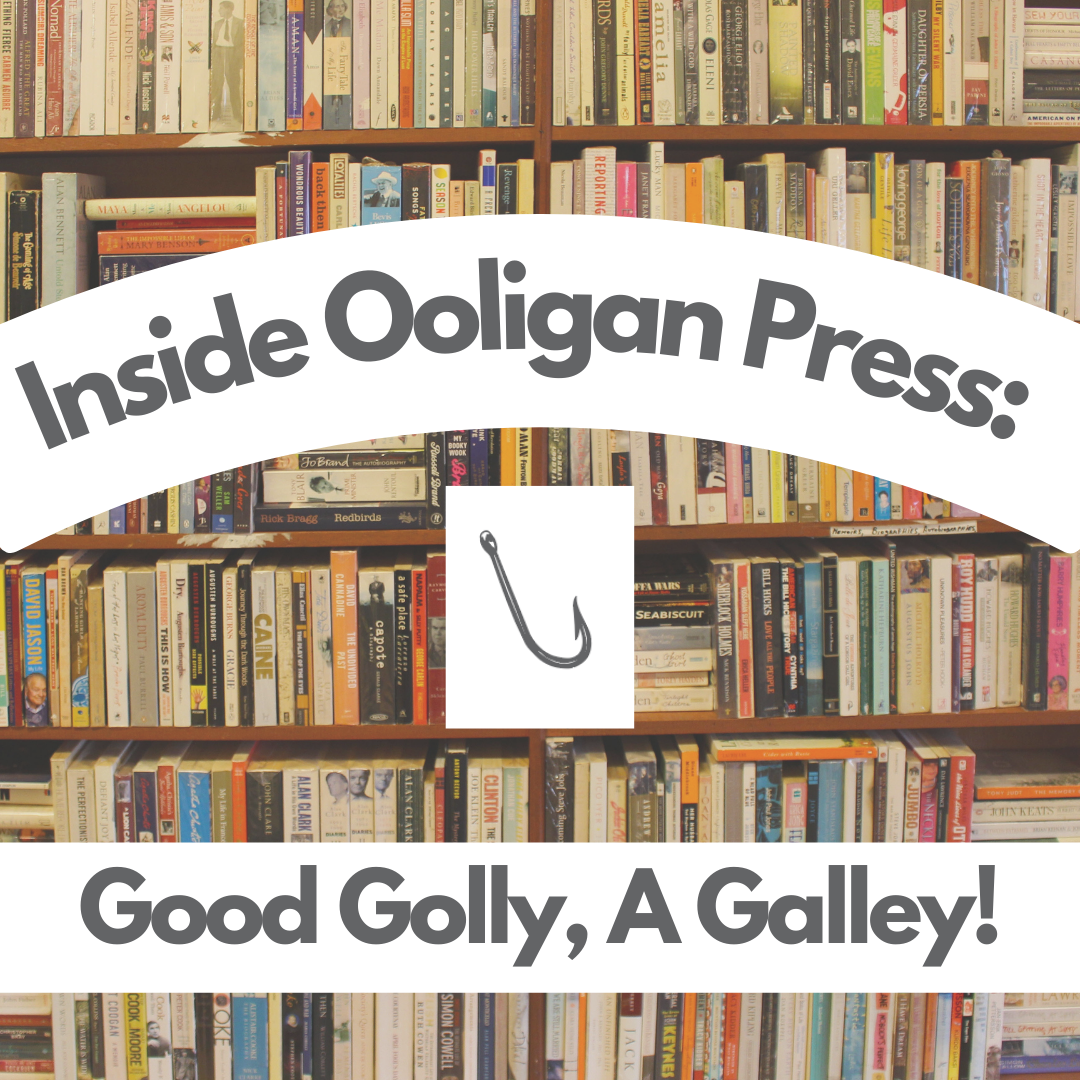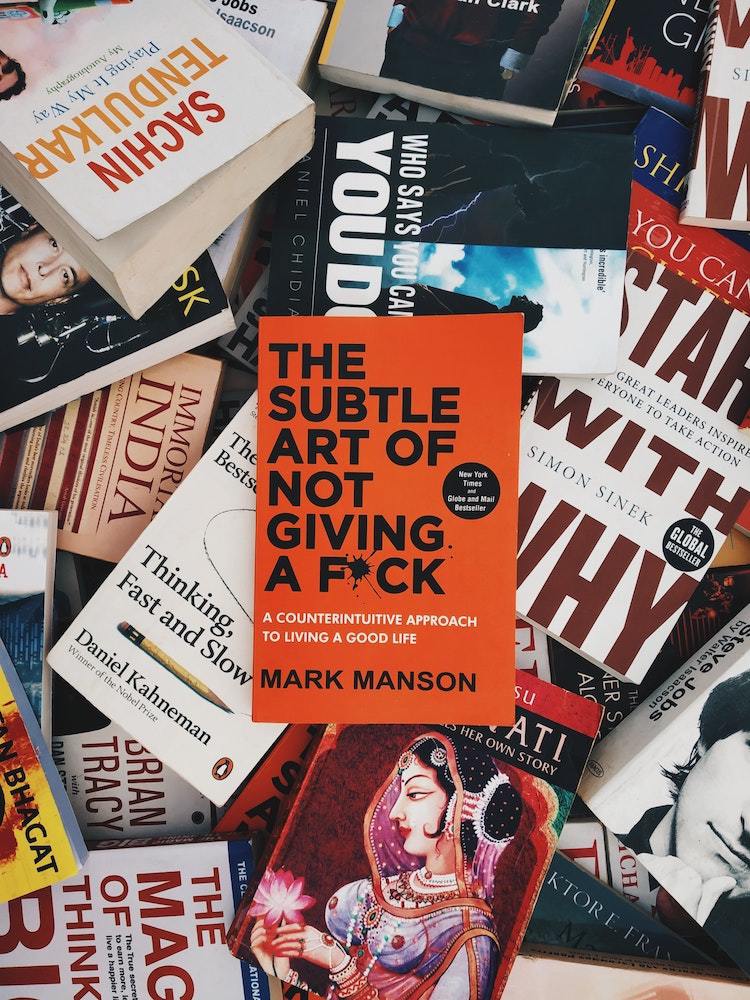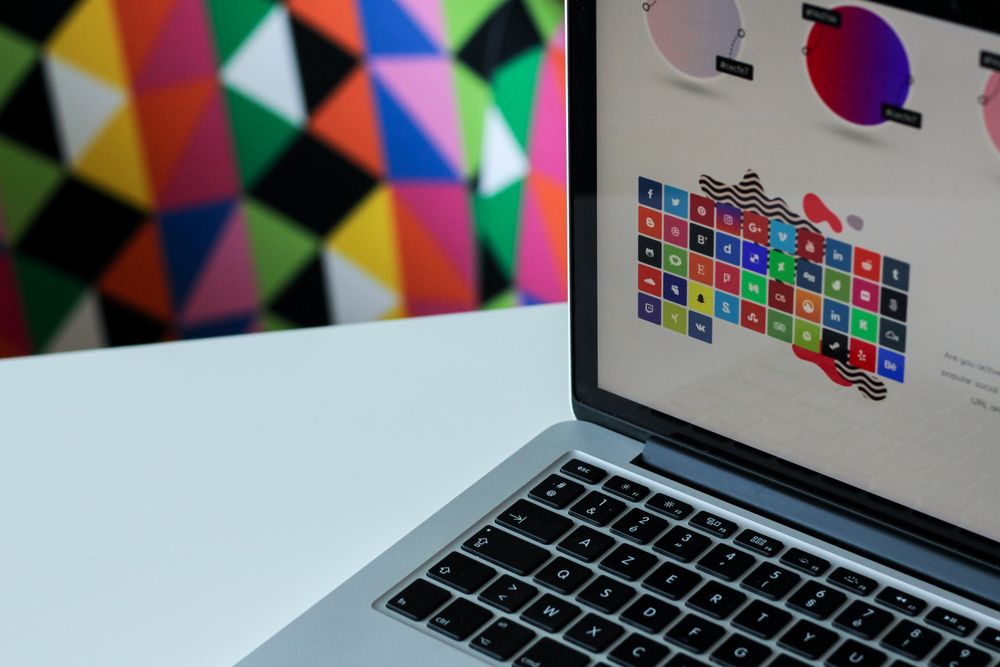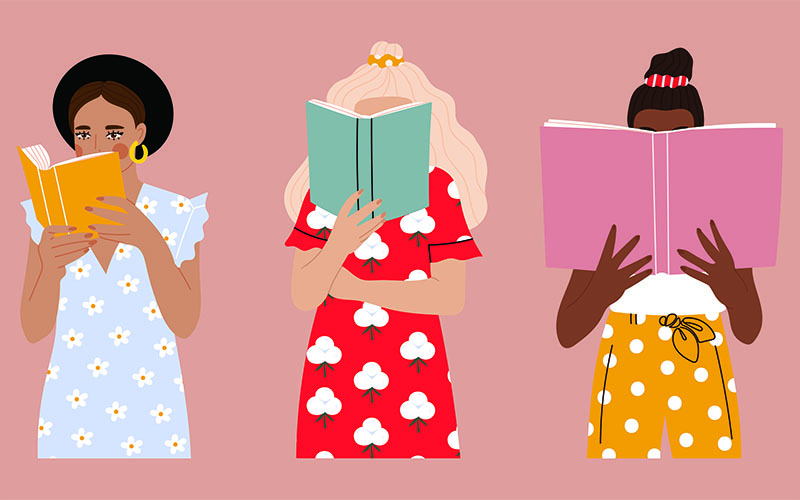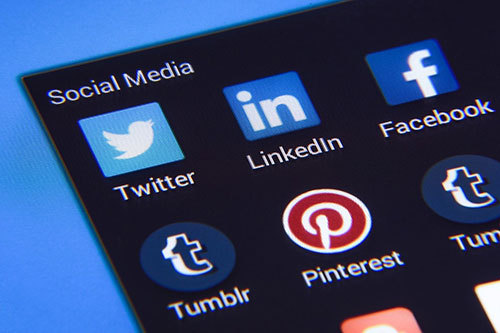Good Golly, A Galley!
A galley is an unfinalized advanced reader copy of a book that, unlike the final product, typically uses the manuscript prior to the final proofread. Before the galley is produced, the manuscript goes through developmental edits and copyedits to the point of practically perfect. Occasionally, the galley is made using the final draft but never by using any draft before the second to last. Galleys can be in hard copy or electronic form, which may make you wonder: Why even make a galley?

